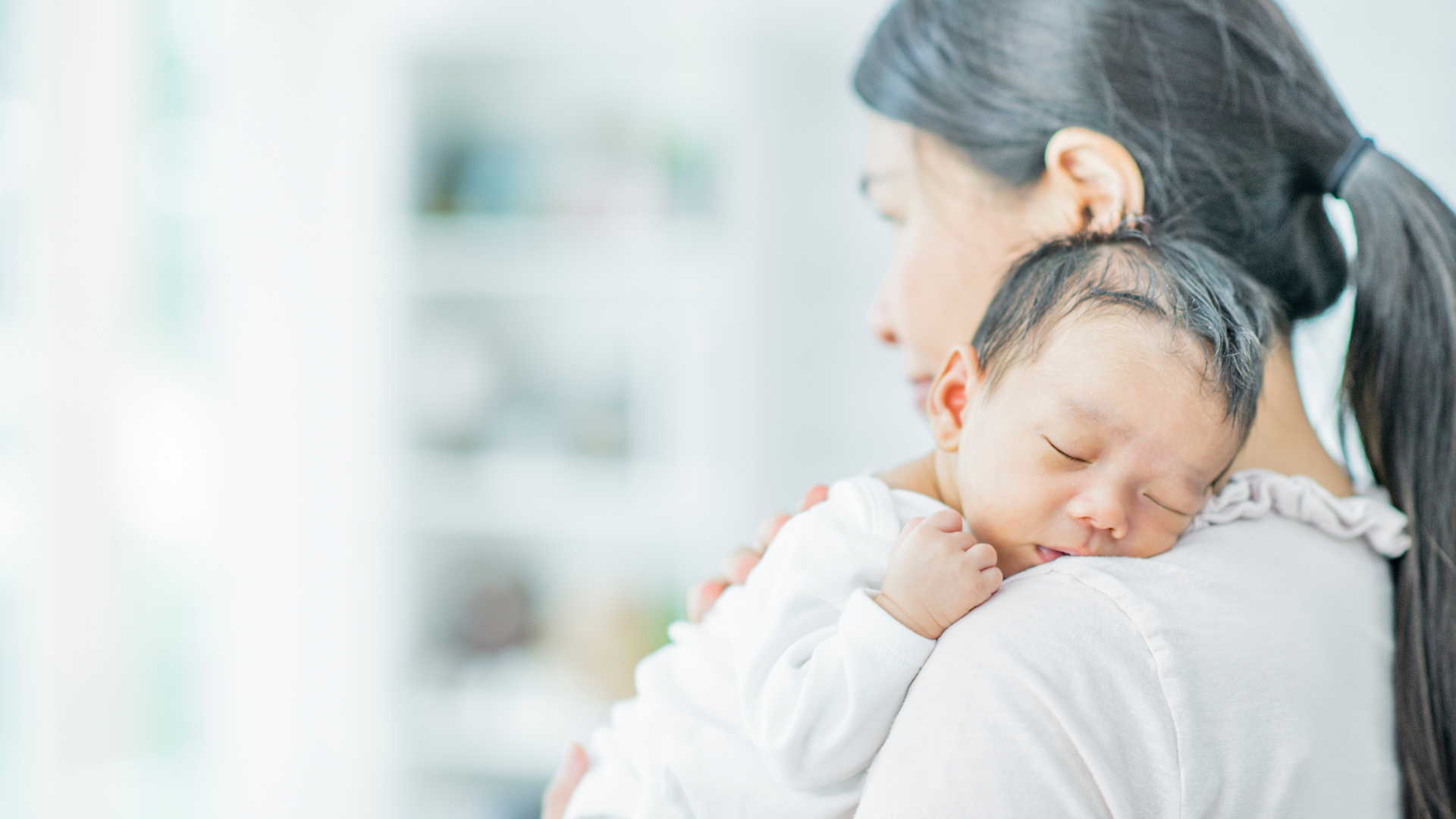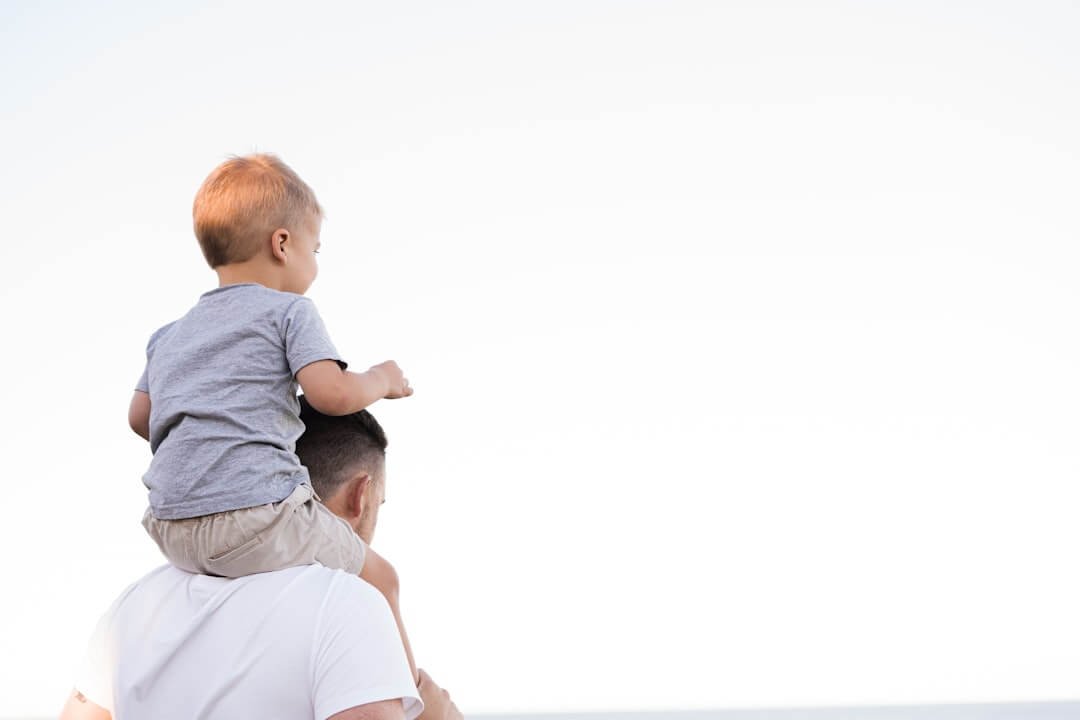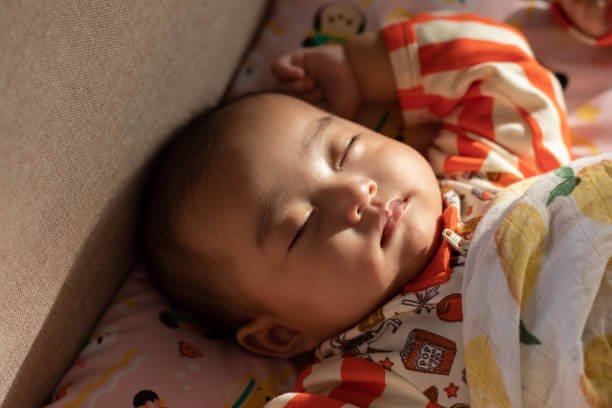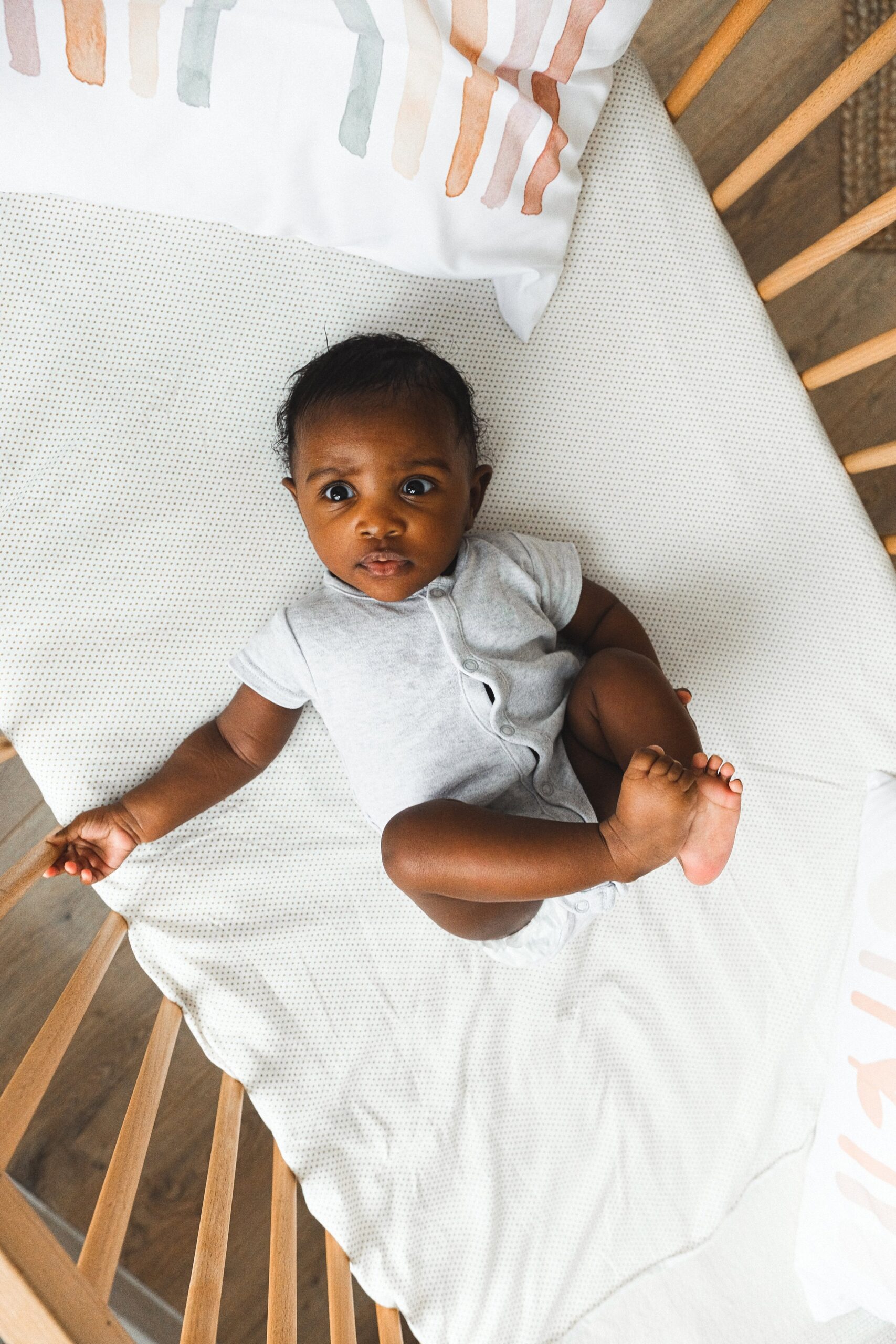If sleeping next to our babies was inherently dangerous, many species, including humans, would have gone extinct long ago. Parents and babies have slept in close proximity since the beginning of time; only in fairly recent years have parents been encouraged to distance themselves from their babies during the night. From an evolutionary perspective, families sleeping in close proximity to one another is not only biologically appropriate, but also a protective, instinctual practice.
Many parents spend hours upon hours searching the internet for answers on what constitutes “normal” baby sleep. They inquire at the pediatrician, join social media sleep support groups, and poll family members and friends in an effort to see if their babies sleep patterns are considered “normal.” These societal standards, public health campaigns and clinical recommendations play a huge part in how parents shape their goals and expectations that ultimately lead to how they implement sleep practices.
The researchers of the Sleeping Like a Baby study are biological anthropologists, who “approach normalcy from an evolutionary perspective” and aimed to learn more about how parents seeking insight on what constitutes normal infant sleep by societal standards experience internal conflict and a disconnection between what public health professionals and clinicians recommend, what they believe to be ideal, and what they eventually pursue in sleep practices. (Rudzik and Ball, 2021).
The study examined self-reported and actigraphy totals in mother-infant dyads in an effort to demonstrate how we are biologically designed for sleeping near our babies, and while we may attempt to sleep separately from our babies to align with blanket best practice recommendations, it doesn’t lead us to better sleep outcomes.
Study participants included exclusively breast fed (EBF) and formula fed UK based mother and baby pairs, starting the fourth week postpartum, and continuing through week 18. Both babies and mothers provided data through monitors and self-reported accounts of various data points such as sleep location, duration, totals and milk type and consumption.
A specific aim of this study is to learn more about the connection between what parents consider to be ideal infant sleep and what is done in practice, and to see if this connection, or disconnection, ultimately leads to better sleep outcomes. While 54% of participating mothers reported that they wanted to sleep separately from their infant to adhere with public health recommendations, 75% adhered to that practice from weeks four-eight. By the 14–18-week mark, that number dropped to 67% of participating mothers.
Normal Doesn’t Exist. Education on All Options is Key.
The study concluded that while mothers reported that they felt they got more sleep once they moved their infant to a separate surface or a separate room, that claim was inaccurate according to actigraphy reports that measured sleep totals.
The study highlights that parents’ expectations around infant sleep are influenced by public health, clinical and societal standards, and normalcy, such as the promotion of sleep in a separate space to optimize parental sleep totals. This expectation leads to practices in sleep separation that do not result in more sleep, as well as families who end up deviating away from sleep recommendations as time progresses and their infant grows.
These outcomes are important in the larger discussion around infant sleep because they point to an issue in the lack of education around safe bed sharing and co sleeping practices, as well as a lack of context and exploration related to biologically appropriate infant sleep.
While parents might aspire to sleep separately from their babies to follow best practice campaigns, over time this may no longer prove to be a suitable arrangement. Parents need to be educated that normal looks different for everyone, and that biologically, their babies, have an instinctual need to be situated within close proximity to their primary caregiver(s). This does not mean that they have failed as parents, or have an abnormal baby by societal standards, it is just a biological norm that has been repressed in the pursuit of the hyper independence of babies and children.
References:
Rudzik, A. E., & Ball, H. L. (2021). Biologically normal sleep in the mother‐infant dyad. American Journal of Human Biology, 33(5). https://doi.org/10.1002/ajhb.23589
Words by Kaylene Way Hedgepeth, 2021.





